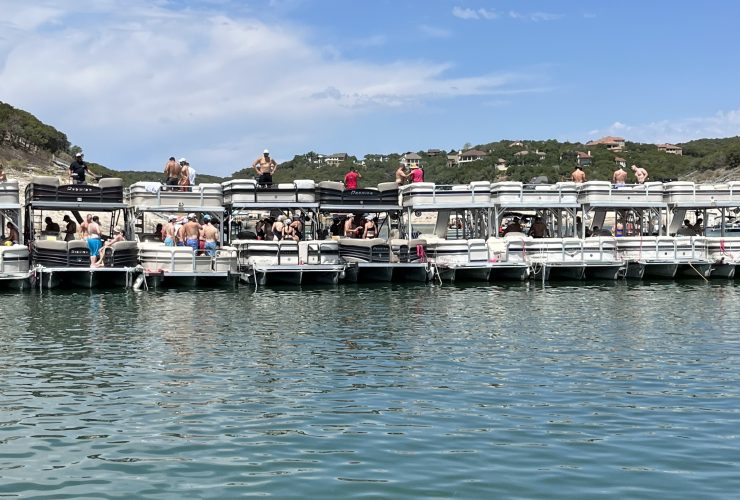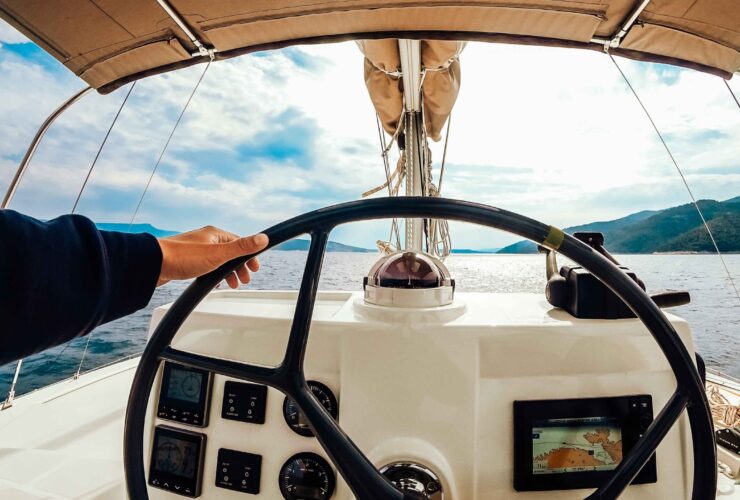Planning a successful lake cruise depends on many factors, but perhaps none is more important than understanding your vessel’s passenger capacity. Whether you’re renting a pontoon for a family gathering or using your personal watercraft for a day with friends, knowing exactly how many people can safely board is essential for both legal compliance and passenger safety. Boat capacity isn’t determined arbitrarily—it’s calculated based on the vessel’s size, design, stability characteristics, and safety equipment. Overloading a boat compromises its stability and handling, potentially leading to dangerous situations even in calm waters. This guide explores the regulations governing boat capacity, the factors influencing passenger limits, how to calculate weight restrictions, seating, and critical safety considerations for an enjoyable experience on the water.
Boat Capacity Regulations
Understanding boat capacity regulations is essential for ensuring the safety of passengers and compliance with maritime laws. Capacity is determined by the boat’s size, stability, and the number of life jackets onboard. The regulations set by maritime authorities specify the maximum number of passengers allowed on a boat based on these factors. It is essential to adhere to these regulations to prevent overloading, which can lead to instability, capsizing, and endangerment of lives. Moreover, understanding the weight capacity of the vessel is necessary, as exceeding this limit can compromise the boat’s buoyancy and safety. Regular inspections and compliance with capacity regulations are critical to guarantee a safe and enjoyable boating experience for all passengers.
Factors Affecting Boat Capacity
Factors such as the boat’s dimensions, design, and intended use significantly impact its maximum capacity for passengers and cargo. The size of a boat plays a vital role in determining how many individuals can safely be accommodated onboard. Larger boats typically have higher passenger capacities compared to smaller vessels. Moreover, the design of a boat, including its hull shape and stability features, influences how much weight it can carry without compromising safety. The boat’s intended use also affects its capacity, as boats designed for specific activities like fishing or leisure may prioritize space for equipment or amenities over passenger capacity. Understanding these factors is essential for ensuring a safe and enjoyable boating experience while staying within the vessel’s limits.
Calculating Passenger Weight Limits
When determining the passenger weight limits for a boat, it is significant to consider the vessel’s design, dimensions, and intended use. To calculate these limits accurately, consider the following:
- Buoyancy: The boat’s buoyancy, determined by size and shape, is pivotal in supporting passenger weight without compromising safety.
- Weight Distribution: Proper weight distribution across the boat helps maintain stability and prevents tipping or capsizing, ensuring a safe and comfortable ride.
- Maximum Capacity: Each boat has a maximum weight capacity specified by the manufacturer. Exceeding this limit can lead to dangerous situations, so always adhere to the guidelines provided.
Seating Options and Capacity
Consider your boat’s seating arrangements and maximum capacity to guarantee safe and efficient space utilization for passengers. Different boats offer seating options such as benches, swivel chairs, or bean bags, each impacting the overall capacity. Bench seating is standard on smaller boats and maximizes space efficiency, while swivel chairs provide flexibility but may reduce the total seating capacity. Bean bags are comfortable but might not be suitable for all passengers. Understanding the layout and design of your boat is pivotal in determining the best seating configuration to accommodate the maximum number of passengers comfortably and safely. Follow the manufacturer’s guidelines and recommendations to ensure the seating arrangements align with the boat’s specified capacity.
Safety Considerations for Boat Capacity
To uphold safety standards, ensure that the number of passengers on your boat does not exceed the maximum capacity specified by the manufacturer. Overloading a boat can result in instability, making it more susceptible to capsizing. Furthermore, exceeding the weight capacity can stress the boat’s structure, potentially causing damage.
- Ensure all passengers wear properly fitted life jackets to prevent accidents in emergencies.
- Familiarize yourself with the boat’s stability characteristics and handling under different loads to anticipate how it may behave with varying passenger numbers.
- Regularly inspect the boat’s condition, including the hull, engine, and safety equipment, to ensure everything is in working order and can handle the designated capacity.
Related Topics:





